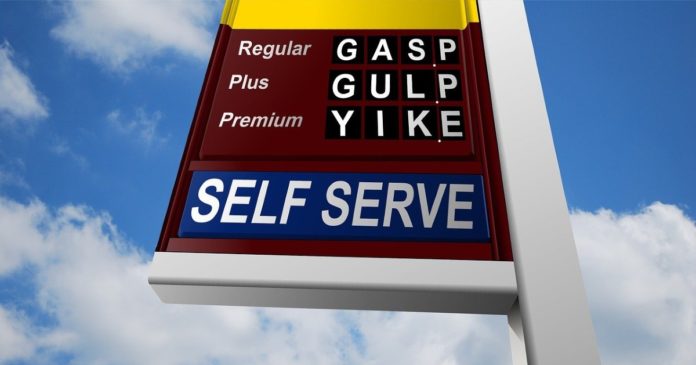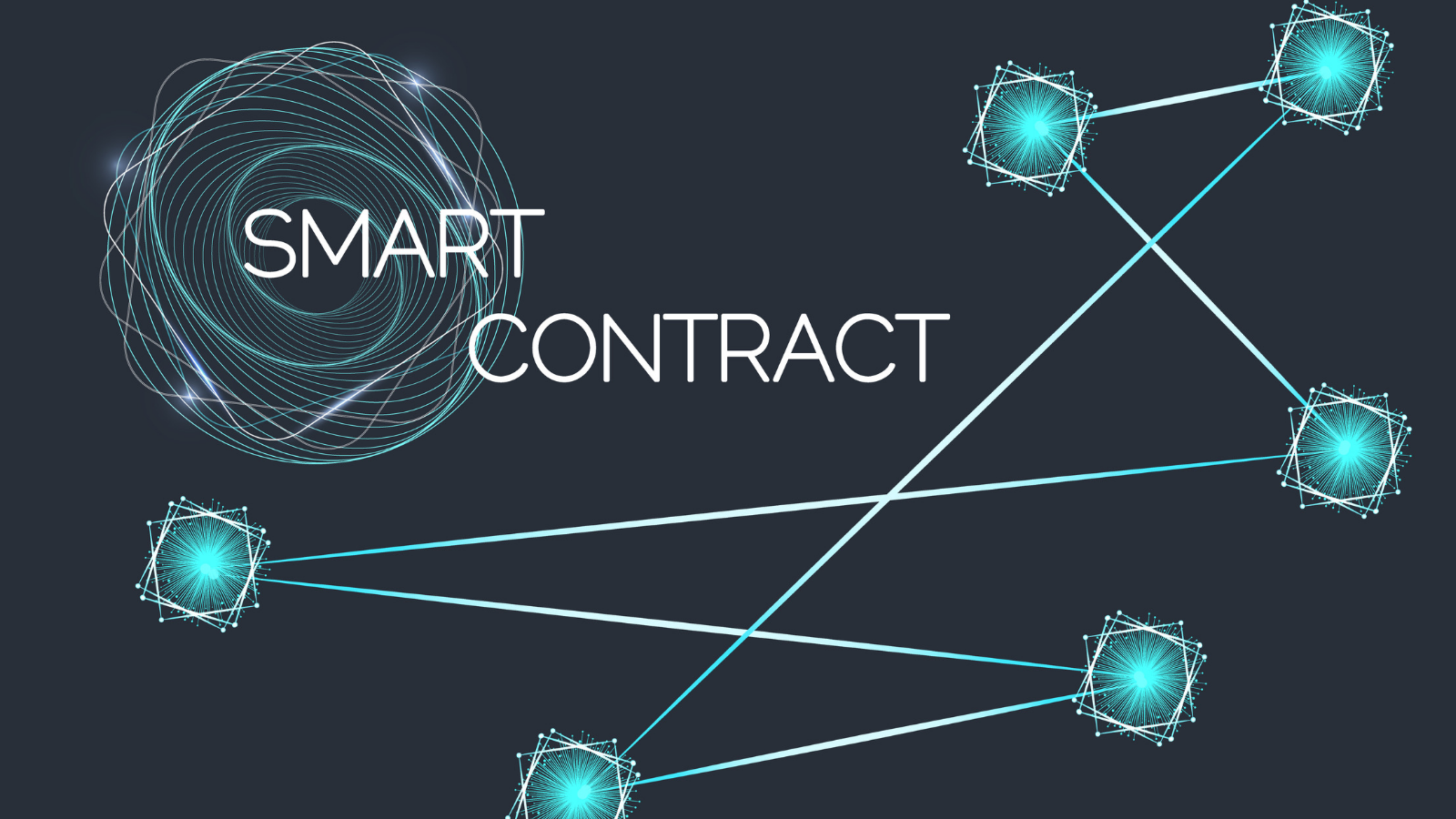Ethereum’s all-time high has brought with it a surge in network fees as gas hits its highest levels. The need for scaling solutions has never been greater.
Ethereum hit $1,700 during Thursday’s Asian trading session, its highest ever price, which is good news for holders but not so much for those that need to make transactions on the network.
Gas prices are also at record levels with analytics providers such as BitInfoCharts reporting average transactions at almost $20. EthGasStation, meanwhile, reports a standard transaction costing 137 Gwei and a fast one at 176 Gwei.
Either way, it is too much as paying $10 to send $50 is total lunacy, and scaling is needed now more than ever.
Optimistic About Layer 2
The way to circumvent heavy network fees is to use a Layer 2-based system that uses sidechains or similar to take some of the load off the root chain, resulting in faster and cheaper transactions.
In his latest Bankless newsletter, Ryan Sean Adams has taken a look at the current L2 solutions available.
State channels are a little like Bitcoin’s Lightning Network in which users can create channels between them and make as many transactions as they like, paying the fee for just one when the channel is closed.
Plasma is another option that works off the primary chain, enabling more complex transactions and high-speed throughput.
The most popular L2 solution, however, are rollups, which operate as sidechains containing transaction data to lighten the load on the root chain. Optimistic or zk (zero-knowledge) rollups preserve the security of the network by posting regular updates to the mainchain, which updates Ethereum about the state of things on the sidechain.
“Multiple transactions in a rollup are ‘rolled-up’ into a ‘state root’, which contains all the necessary information to validate every single transaction that occurred on L2.”
Layer 2 in DeFi
Currently, very few of the decentralized exchanges are fully Layer 2 capable. Loopring is one, but a number of others are starting to incorporate the technology. Synthetix is currently trialing a Layer 2 platform powered by Optimistic Ethereum (OE). Founder Kain Warwick tweeted about the lunacy of L1 gas prices recently;
So funny story (sorry @jinglanW I gave you 24h) my current back of the envelope estimate is that, assuming average L1 gas prices, the total cost of all OΞ transactions to date would have been >$10m if done on L1…
— kain.eth (@kaiynne) February 4, 2021
Aave recently launched a L2 “bridge” for token swapping with the Plasma-powered Matic Network, and the Omise Network, which supports Tether, is also powered by Plasma offering high-speed gas-saving transactions.
Mainstream hopes are hanging on the likes of Uniswap (v3 when launched), Maker, Compound, and Yearn Finance rolling out their own fully integrated L2 solutions as soon as possible. Ethereum rivaling blockchains such as Polkadot, Cosmos, Binance Smart Chain, and NEO’s DeFi platform, Flamingo Finance, are also growing in popularity as sending ERC-20 tokens on Layer 1 becomes a real pain in the gas.
Join us on Telegram to receive free trading signals.
For more cryptocurrency news, check out the Altcoin Buzz YouTube channel.



























